We are moving over to a paid subscription format. You can read the Kindle versions here, or you can donate $5 or more and have these papers in cut and paste-able PDF format but only through the members side. We need a little more paper-trail given the sensitive nature of some of these subjects. We will email you a permanent password. We apologize for the small cost but it is necessary to continue supporting this work.
As always, my work is consuming more money than its making. If you like the quality of research so far, please underwrite me to whatever degree you can and this will free me up to continue working.
Thank you! OK, we have the number-cruncher. We are pretty good for now, but as always we need funding for our other projects. The speed and quality of my research is dependent on my funding.
VERTEX – A Copenhagen-Schrodinger Interpretation of the Standard Model: actually an inquiry into the nature of the singularity that spawned the Big Bang, this paper proposes a solution to where (or should I say “when?”) the physical Universe originated.
Quantum Mechanics meets astrophysics. First draft minus the illustrations….
Latest version of VERTEX with illustrations (Version 2) is now available in the secure downloads location. First version of first portion of VERTEX here. Here is a link to the version with illustrations.
Higgs Modeling and “Weak Fusion” : we said we would get it to you, a hypothesis of what the Higgs Boson might look like. It took strapping two EXPER’s together on a powerful workstation, but we have it. Really excited about this paper and the interest we are getting on it.
Will be the best read you have this week!
Note: we recently have been struggling with conceptualizing a neutrino structural wave function, however we think we can use the same approach here, finding a Feynman diagram and using other particle models, interacting them with EXPER and generating a neutrino model. A cool interaction we found interacts a baryon with a W Boson producing a neutrino and an electron. Since we have Proton7, a W Boson model AND an electron model, we can interact them in such a way as to get a snapshot of a neutrino (by adding Proton7, or Neutron7, with a W Boson and subtracting an electron, leaving an electron neutrino). It will be in the typical very raw data that EXPER provides but we’re sure we can clean it up in other tools to the point where we can analyze and model it. Not a very elegant methodology, but we have all the other particles involved in said interaction.
Explaining QCF and Nuclear Force using Waveform Techniques: this paper summarizes a series of FEM analysis of quark models that shows energy wells at the approximate locations you would expect QCF and Nuclear force working at. Uses a numeric analysis approach on wave functions that don’t assume the particle-like nature of the waveform.
Addendum to paper (5/11/16): we were curious to at which classical radius nuclear force acts at in real nuclei. This paper predicts a radius of about 0.35 fm due to a well(s) at that distance. A lead nucleus has a classical diameter 14.2 fm with 207 nucleons (protonic diameter 0.89 fm). Guess what? Nuclear bonding takes place at 0.347 fm based on empirical data. Good news! In other words, nucleons are partially within each other when bonded.
Interim Report Paper: “Complex Mass” Breakthru: Current information on VERTEX-related research. Computing methodology as well as basic assumptions of our system. Click here to download paper in PDF format..
Up Quark-to-Positron Mass Ratio Paper: decided to release this early. Contains some of the formula and models we are using and explains the reasoning in our approach. A good read, uses basic mathematics to explain how space-time curvature can be used to explain quantum phenomenon. We are looking to scale up our models to the point where, god willing, we can explain the reason for the electron-proton mass ratio. Download the PDF version by clicking here.
EXPER Package: this is the ANSI C/C++ package we use in our quark and nucleon models. Just reverse engineer our code to figure out how we use the 12th and 14th derivative of E to simulate the internal structure of the average nucleus. Click here to download.
Understanding EXPER: manual in PDF explains every line of code in the EXPER package complete with screenshots from the generated graphics and data files the expers generate. If you don’t have time to build and analyze the source code of the original project, this manual will give you a comprehensive insight into the ambitious grand unification effort. Equations but even something for the lay scientist; written as a summary and overview of the original project.
We also have a document called a Catalog of Predicted Particle Models for those that want to perform the EXPER research themselves, with a predicted structure of the Higgs Boson. contact us via email in case you want a copy. Serious researchers, please. Covers a lot of the fundamental ideas and equations used in our research.
e6b_analysis: e6b.out and Vis6 Post-Analysis: came up with something on our W boson research that was interesting. Even with a twitchy down quark structural wave function, we think we might have gotten a good look at a successfully simulated W boson.
proving_exper : a methodology that could provide a proof for EXPER using a logic reconciling it with QFT and seeing if it offers an alternative solution.
With the success of EXPER, we are continuing work on this project. It is currently 75% coded and am willing to commit to weeks to start up.
The FUN proposal: introductory report to the FUN series of computer simulations. With the successes of the EXPER series, we have already conceived of the next step forward. A 2D – Membrane computer model allows large “bounding boxes” for complex field and particle interaction. View the proposal here and see the predicted meson models (a PI Meson) in our quest for truth.
The FUN Theorem: an initial draft of this paper, containing the complete FUN Theorem and some implementation specific information. EXCITING PART: with an upgrade to 3D we think we can achieve Grand Unification. This version will allow us to look for photons as well as to test the standing nature of EXPER structural wave function models. Codebase not currently available.
As always, my work is consuming more money than its making. If you like the quality of research so far, please underwrite me to whatever degree you can and this will free me up to continue working.
Thank you! OK, we have the number-cruncher. We are pretty good for now, but as always we need funding for our other projects. The speed and quality of my research is dependant on my funding.
Googleplexing: The Principle
Here is a paper I’ve been waiting some time to write and publish having written it in my head as I do most of my papers. It talks of a plausible, elegant way the physical Universe might have been “created” from nothing. Free from complex equations and concepts, it ties in many of the ideas regarding complex dark matter and dark energy into an approach that nature may have taken to form our reality.
Click here to download the paper in Kindle format.
Some screenshots of our FEM apparatus, showing some lookup tables and early particle models. We use lookup tables so we only have to do the trigonometric (and other complex) calculations once for a session. A lot of code optimization and it still takes about 1.5 hours to complete one experiment. Download PDF version by clicking here.
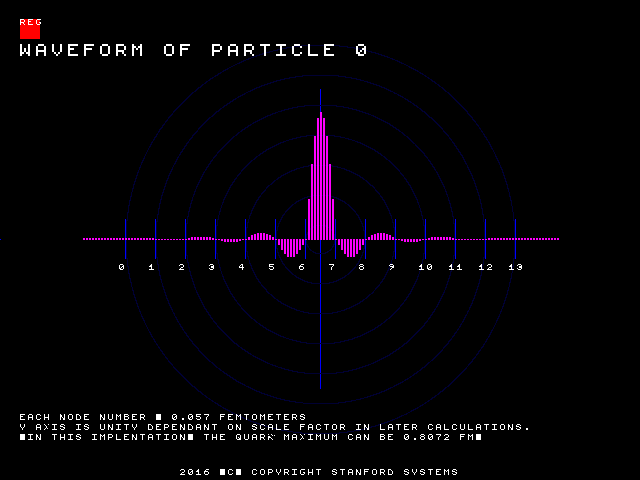
Example Screen shots from our “Minuet” UNIX Box.
As always, my work is consuming more money than its making. If you like the quality of research so far, please underwrite me to whatever degree you can and this will free me up to continue working.
Thank you! OK, we have the number-cruncher. We are pretty good for now, but as always we need funding for our other projects. The speed and quality of my research is dependent on my funding.
Proof Methodology for Proving Exper-Vertex with the Path Integral (OFT F.)
This document concludes the EV project, scientists and mathemeticians can see the complete theory and its relationship to QFT, gauge and String by downloading the following document.
Also includes a blurb on how it might lead to a finding on Quantum Gravity of the understood to be usual sort.
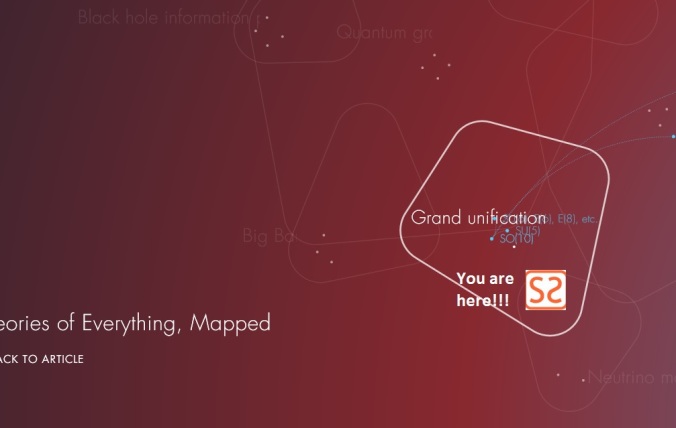
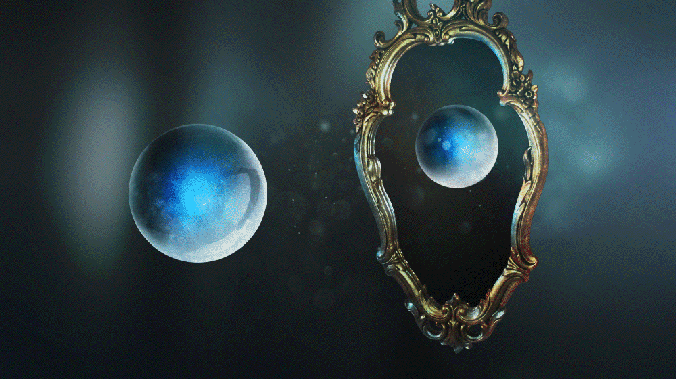

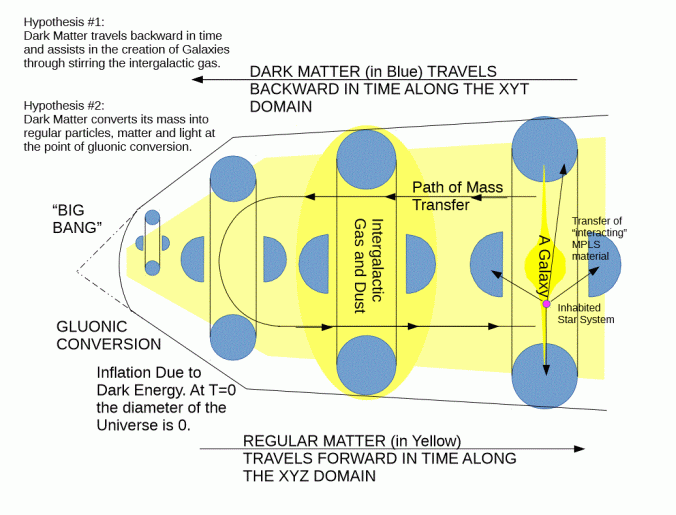
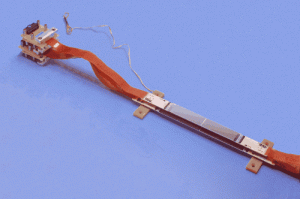
Amazing article BTW – https://www.quantamagazine.org/20150424-wormholes-entanglement-firewalls-er-epr/
LikeLiked by 1 person
Some CERN stuff – http://www.lns.cornell.edu/public/lab-info/svx/newdata.html
LikeLike
Great article on dark mater and its “complexity” (wink wink). https://www.quantamagazine.org/20150820-the-case-for-complex-dark-matter/
LikeLike